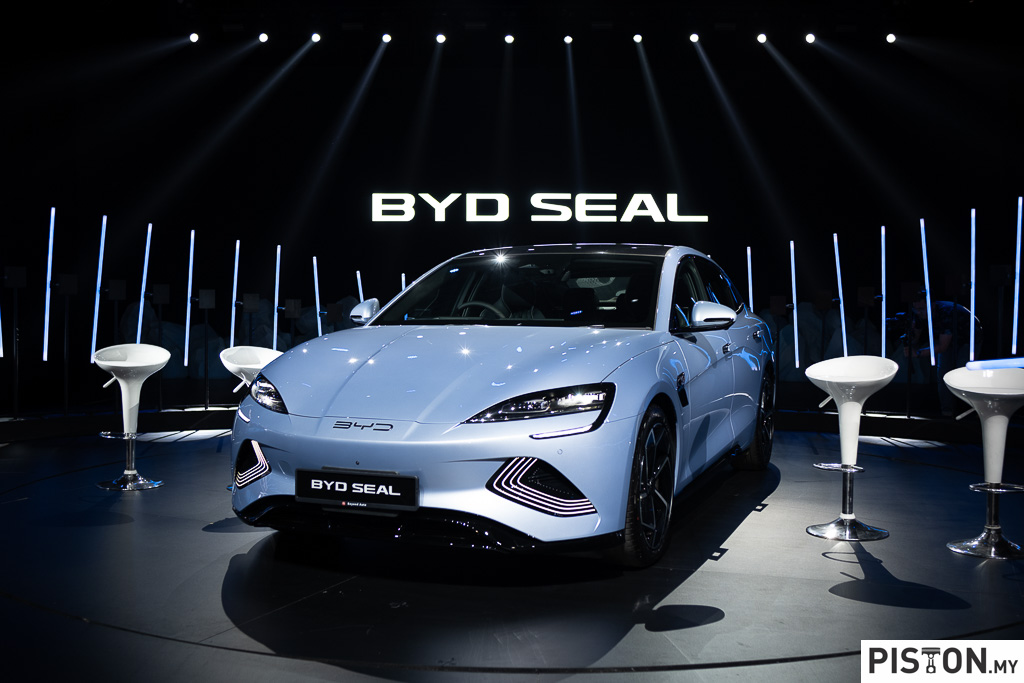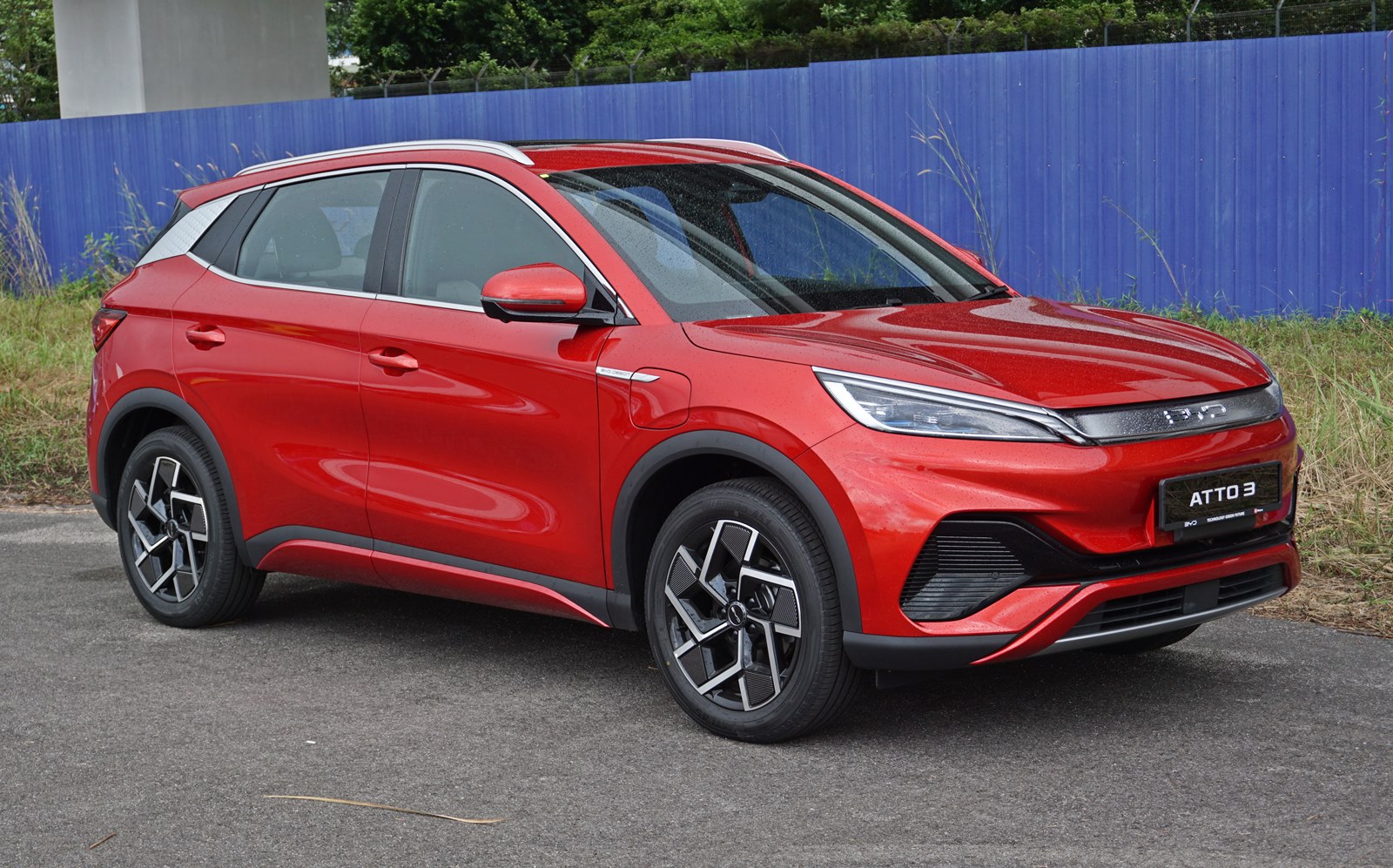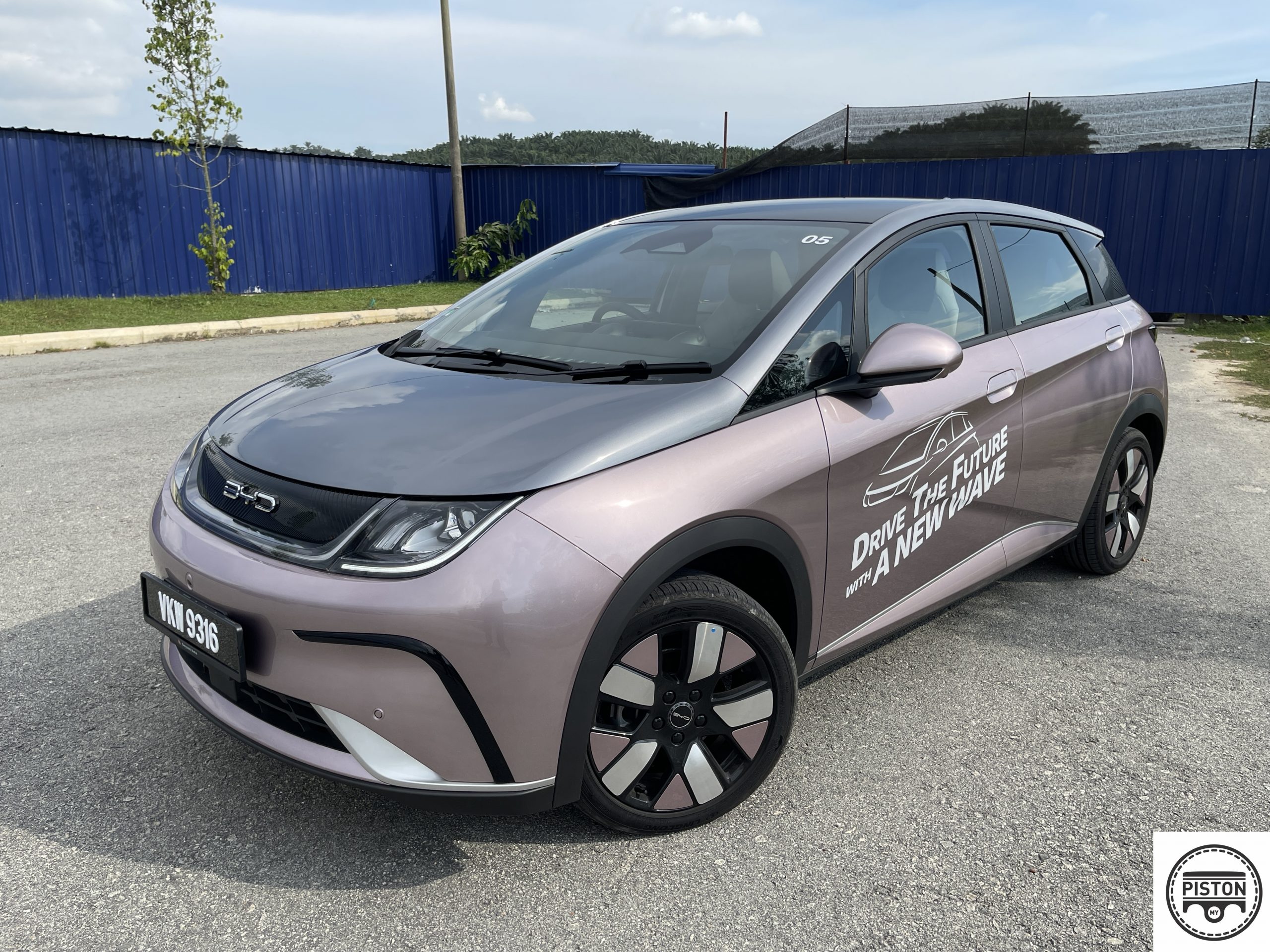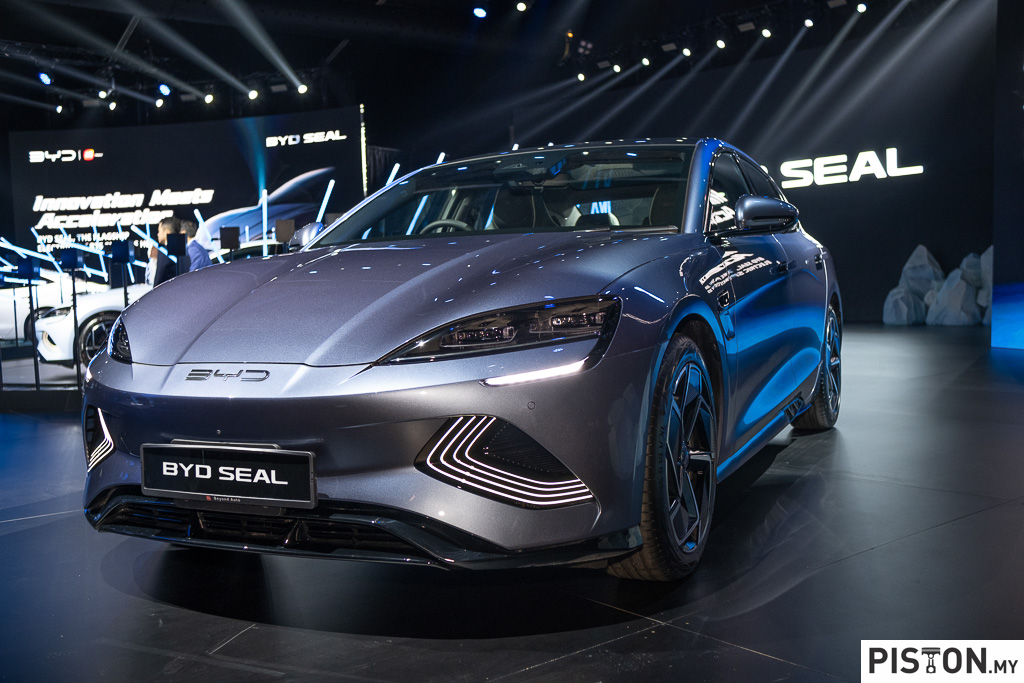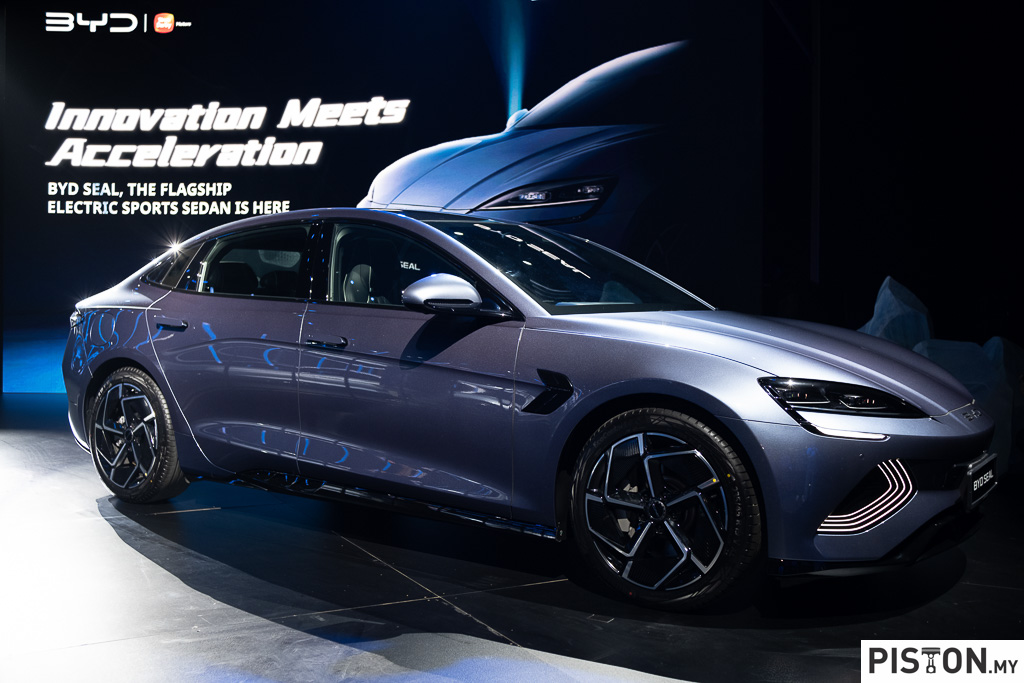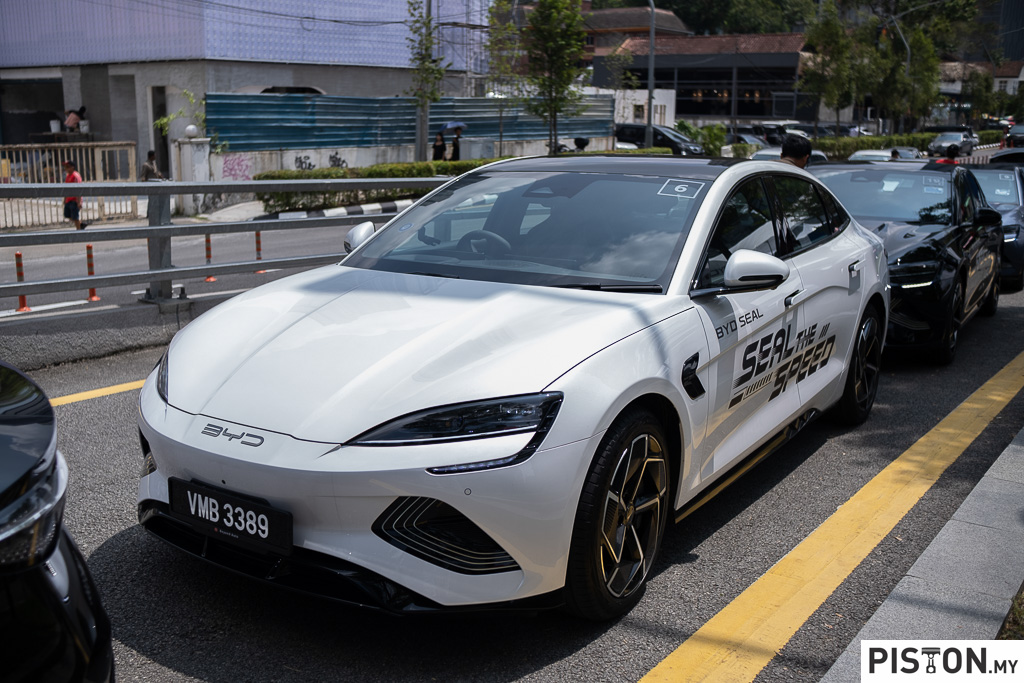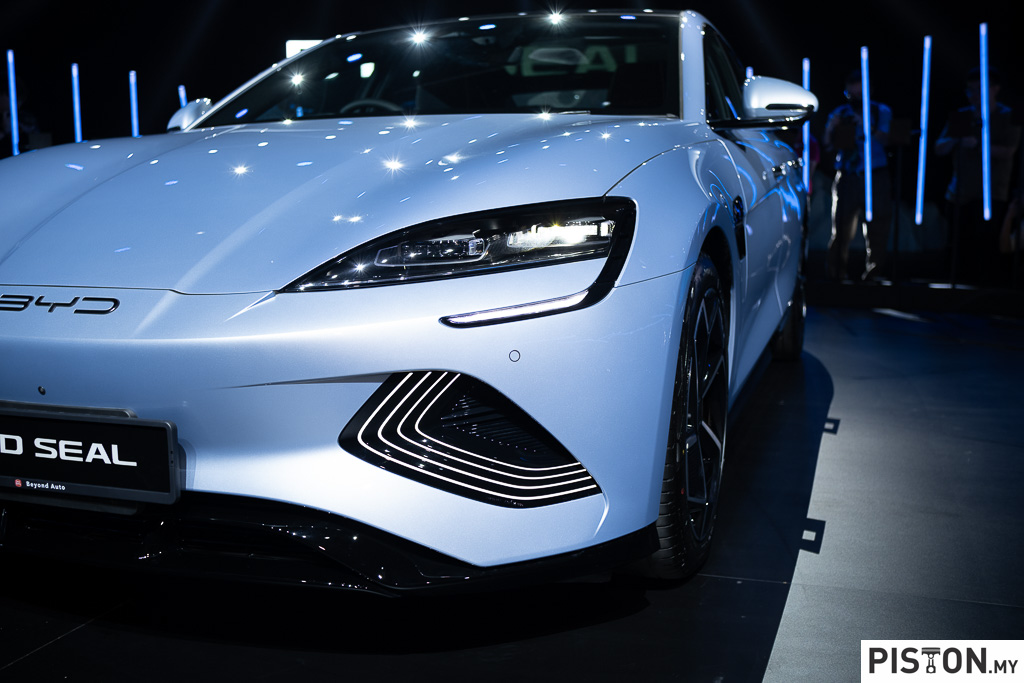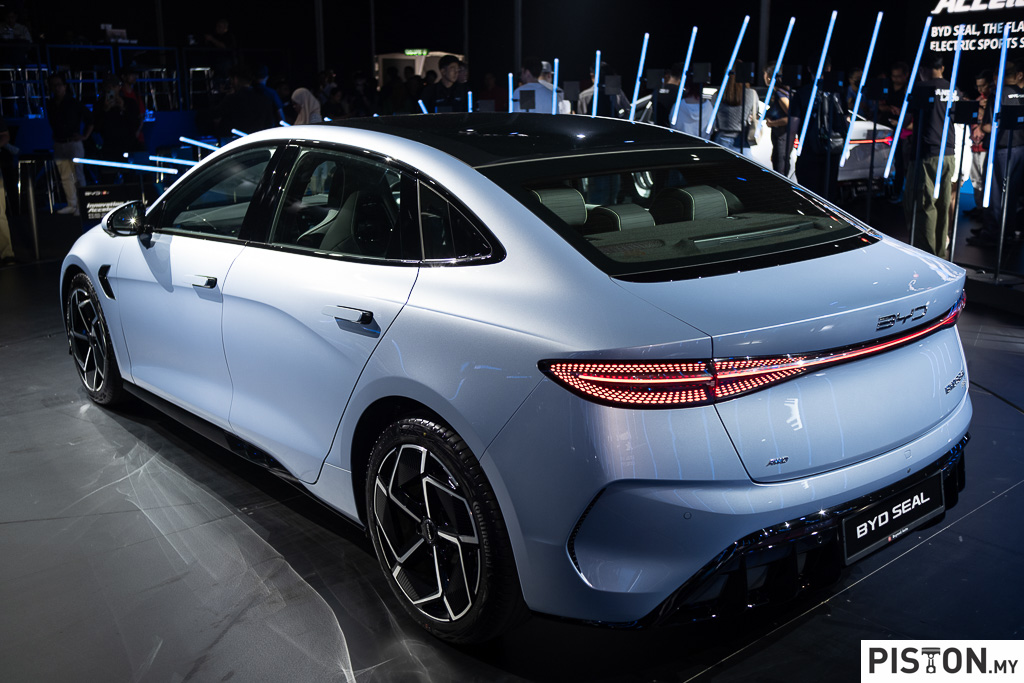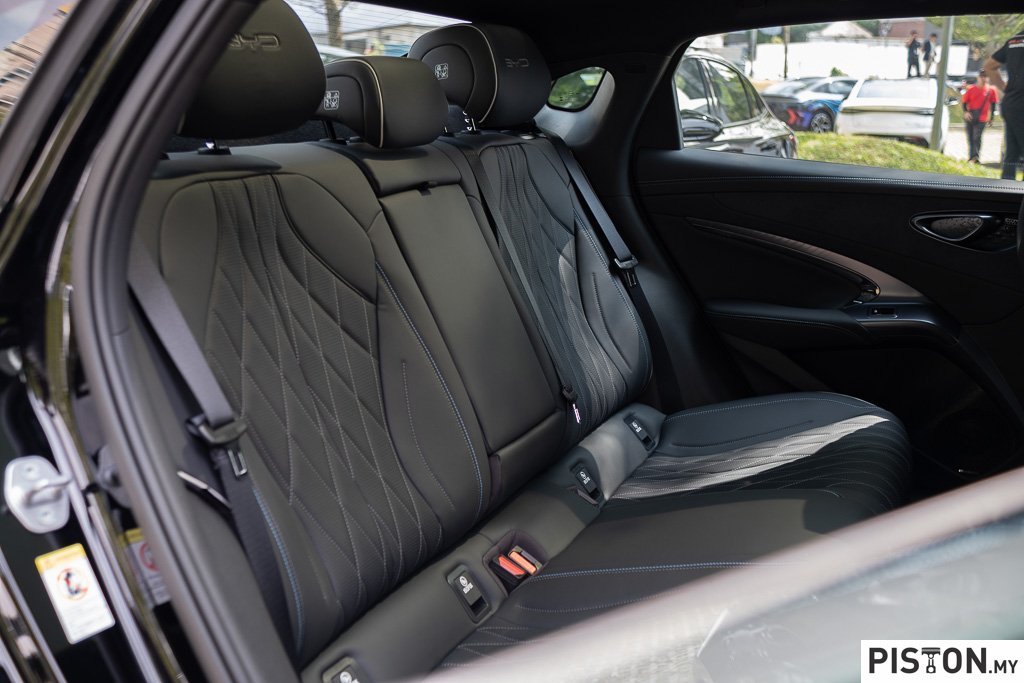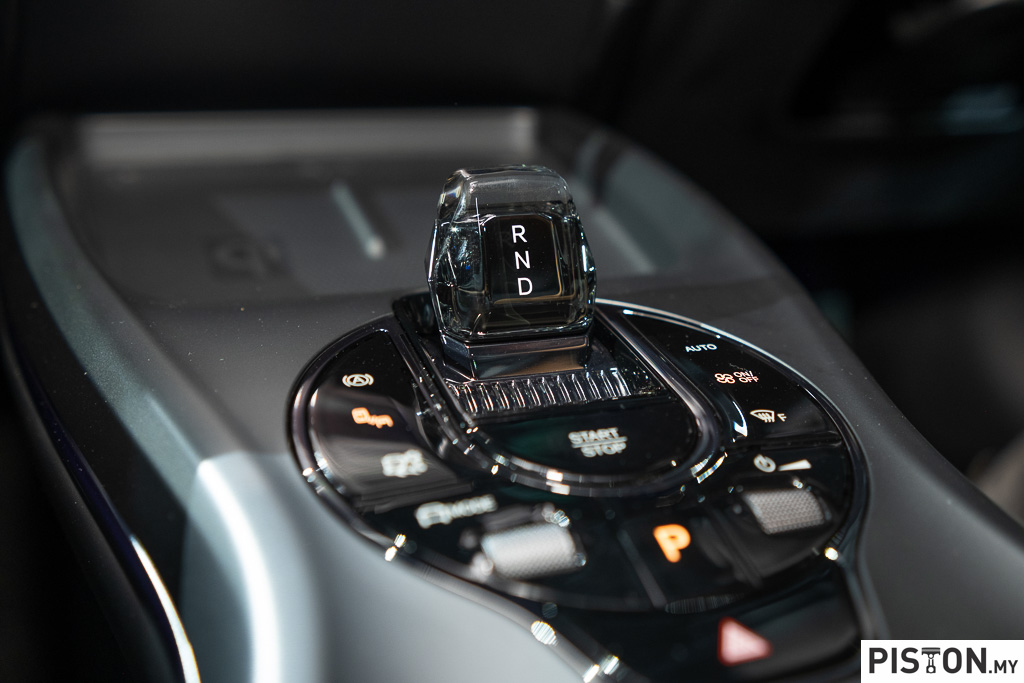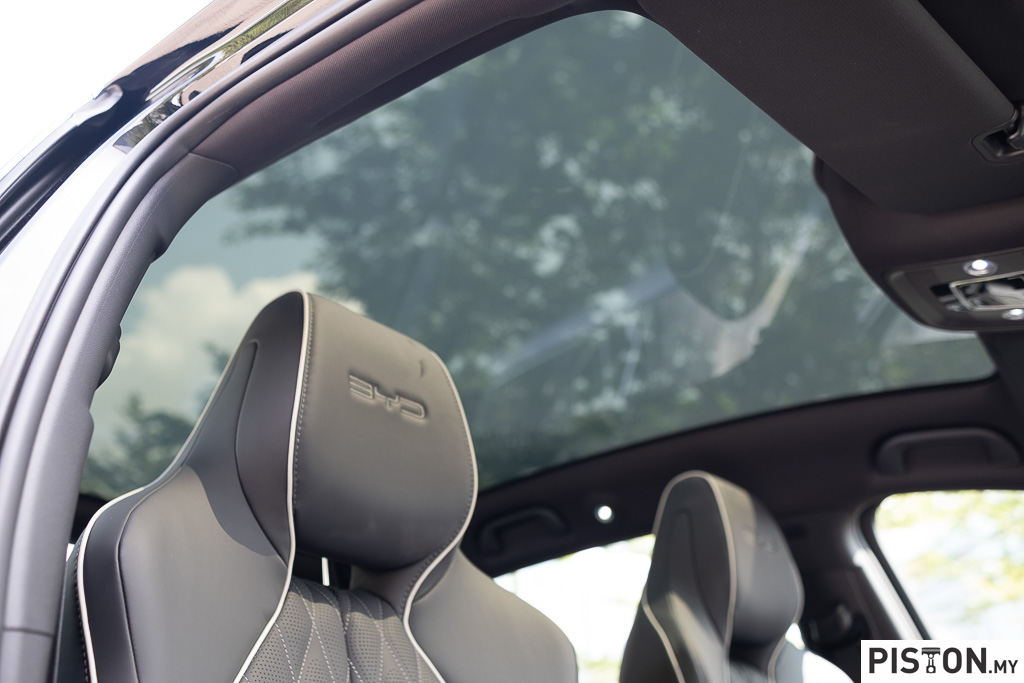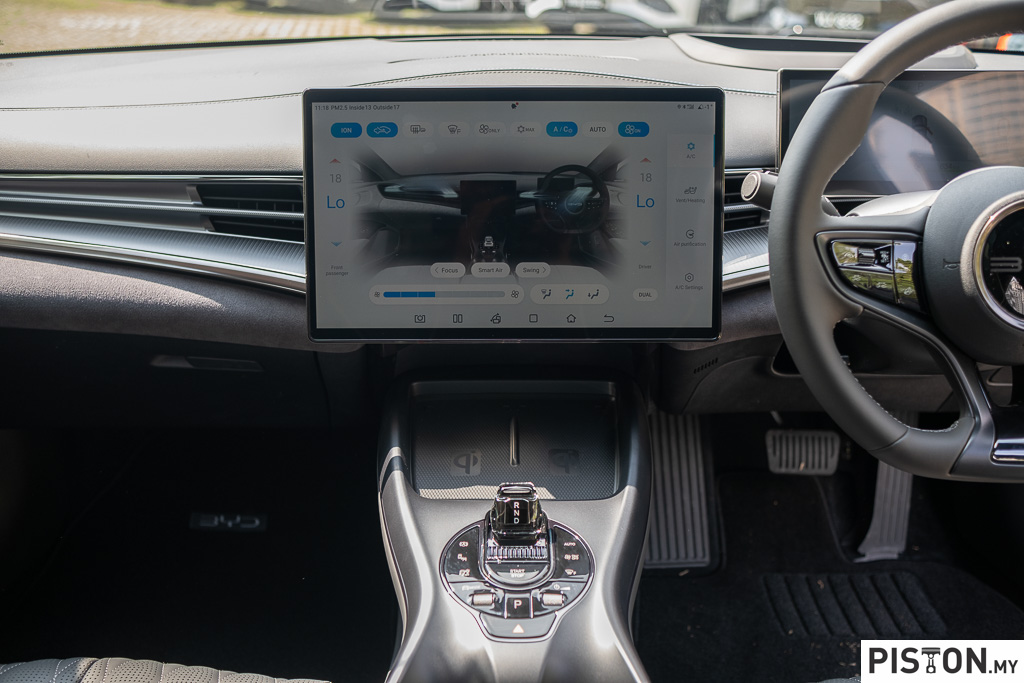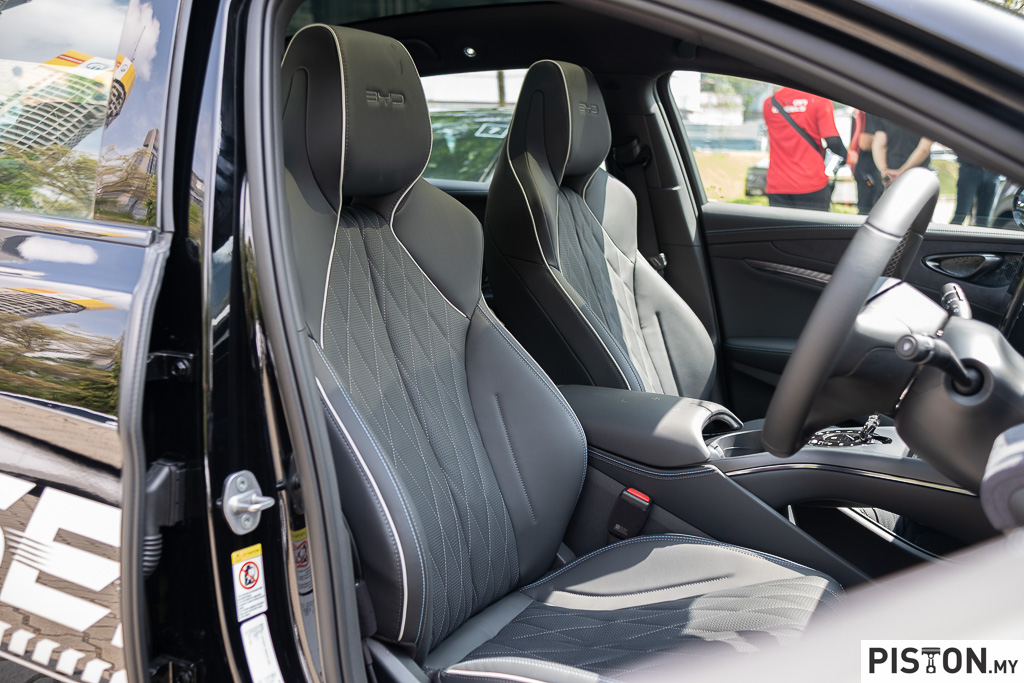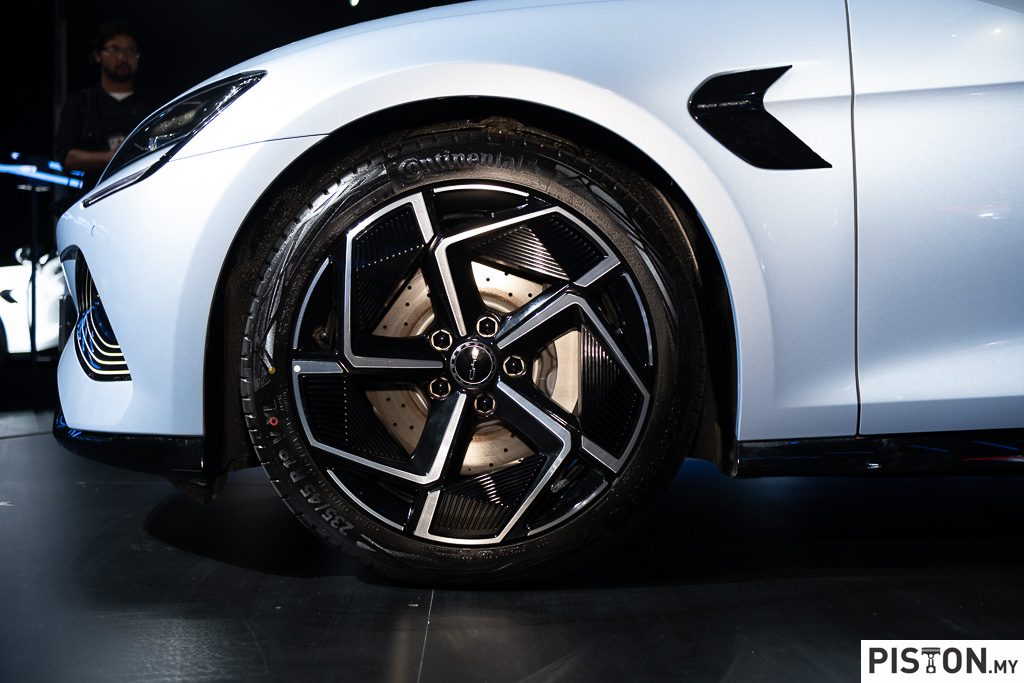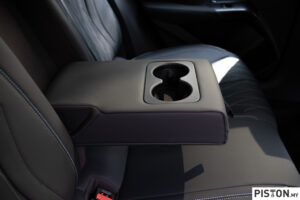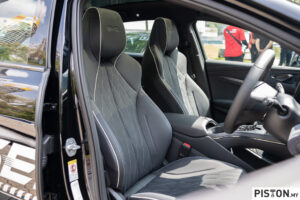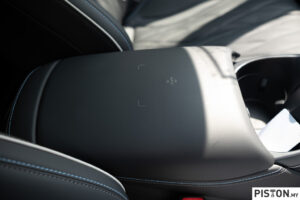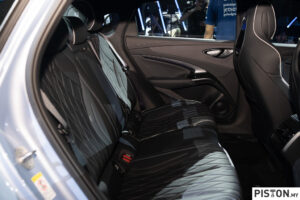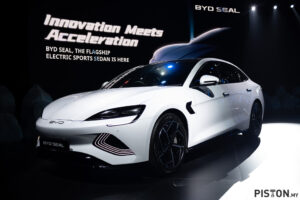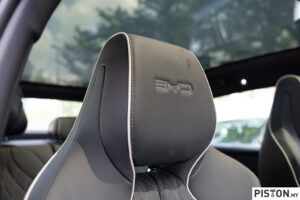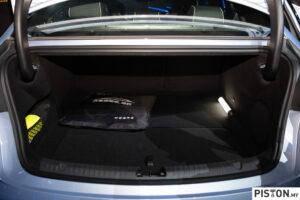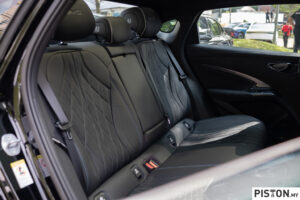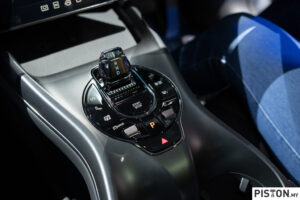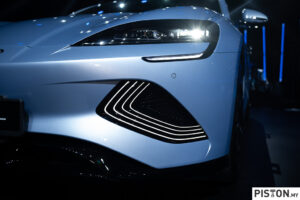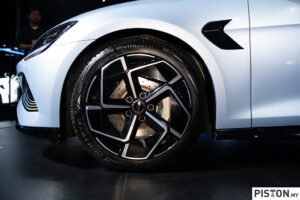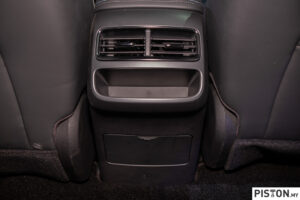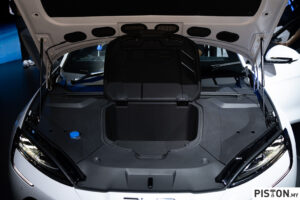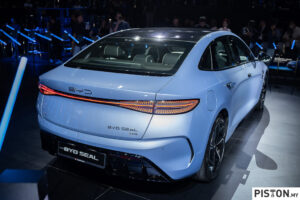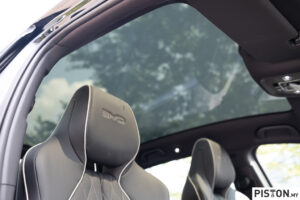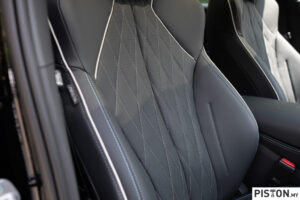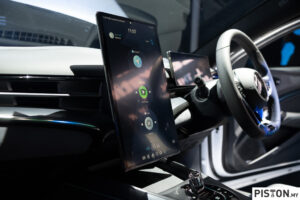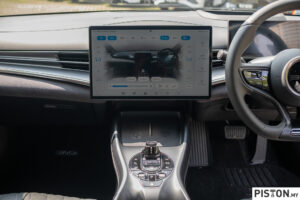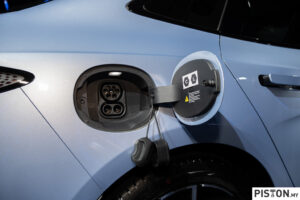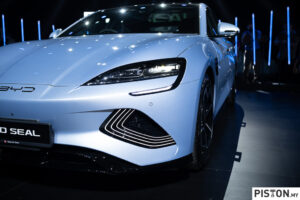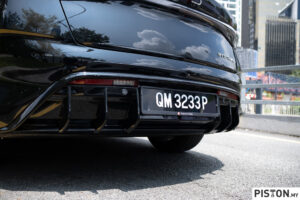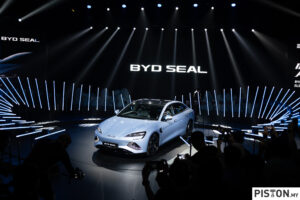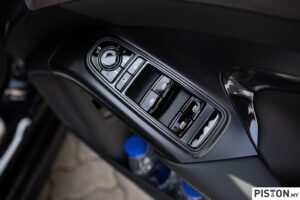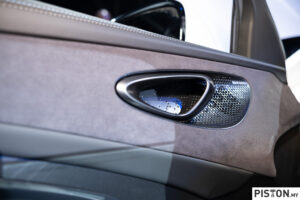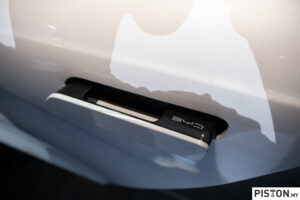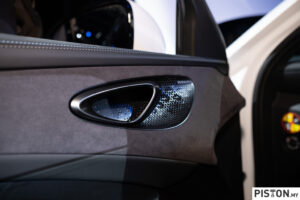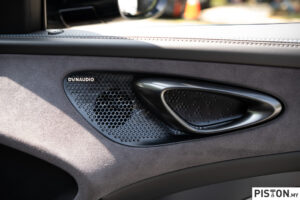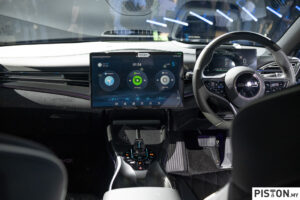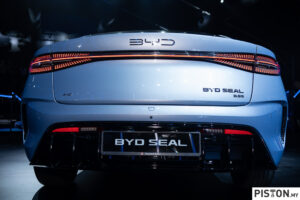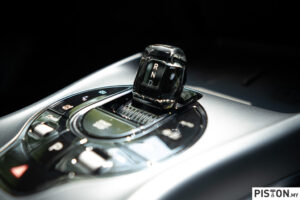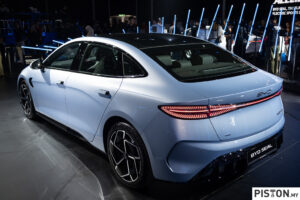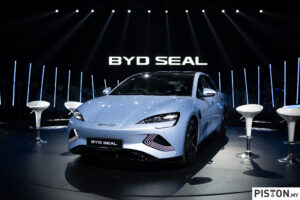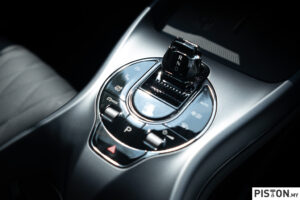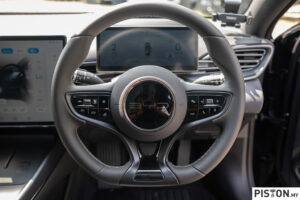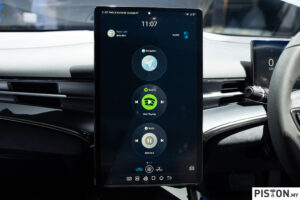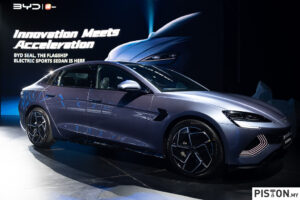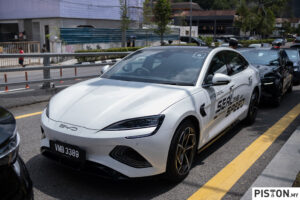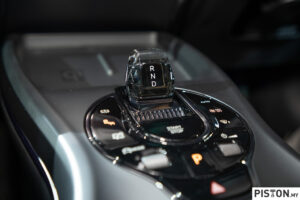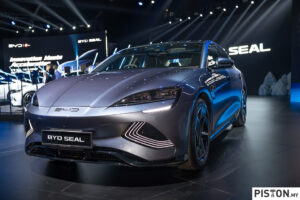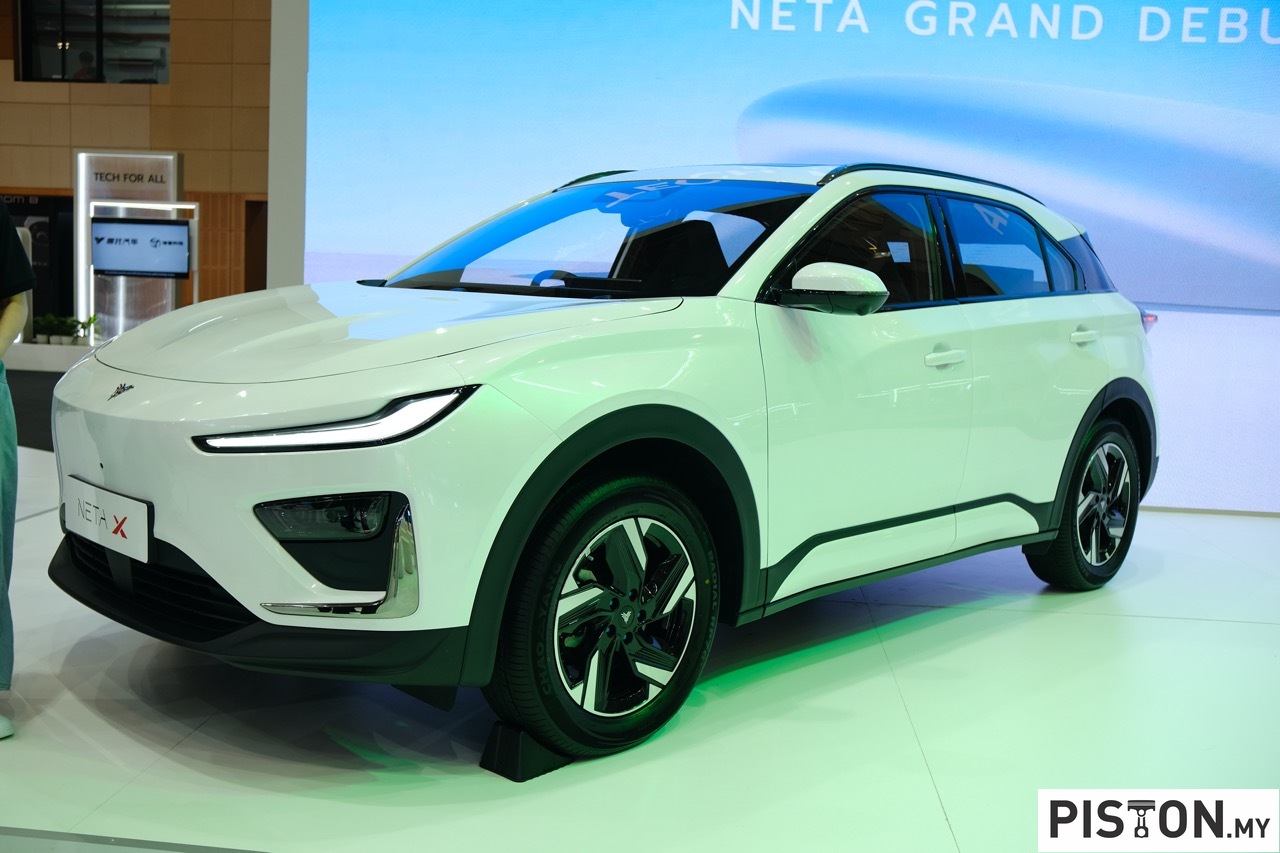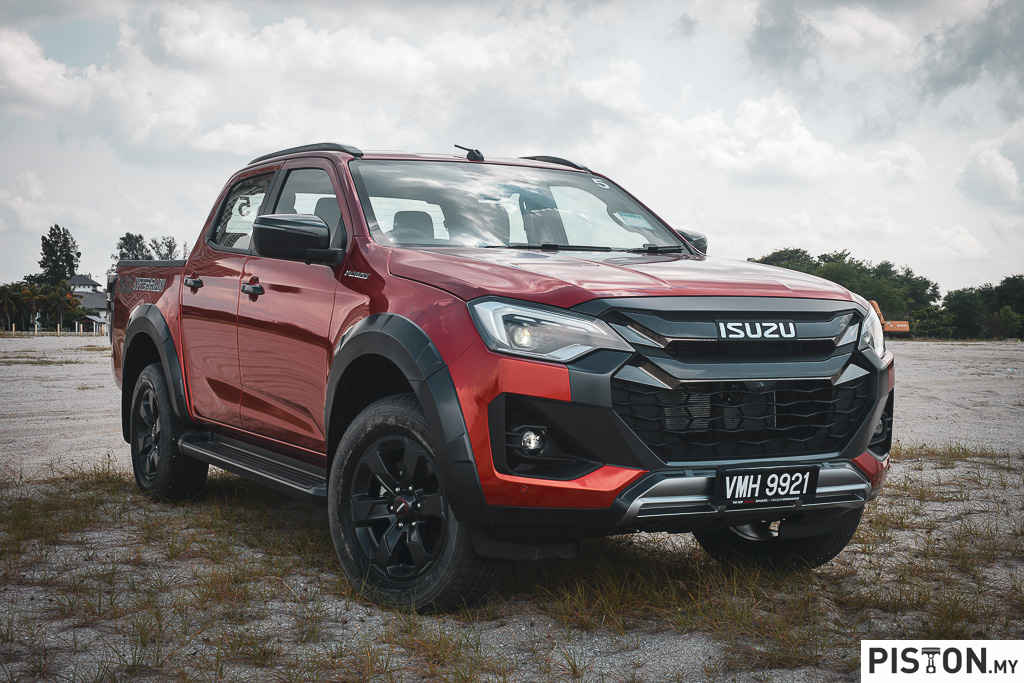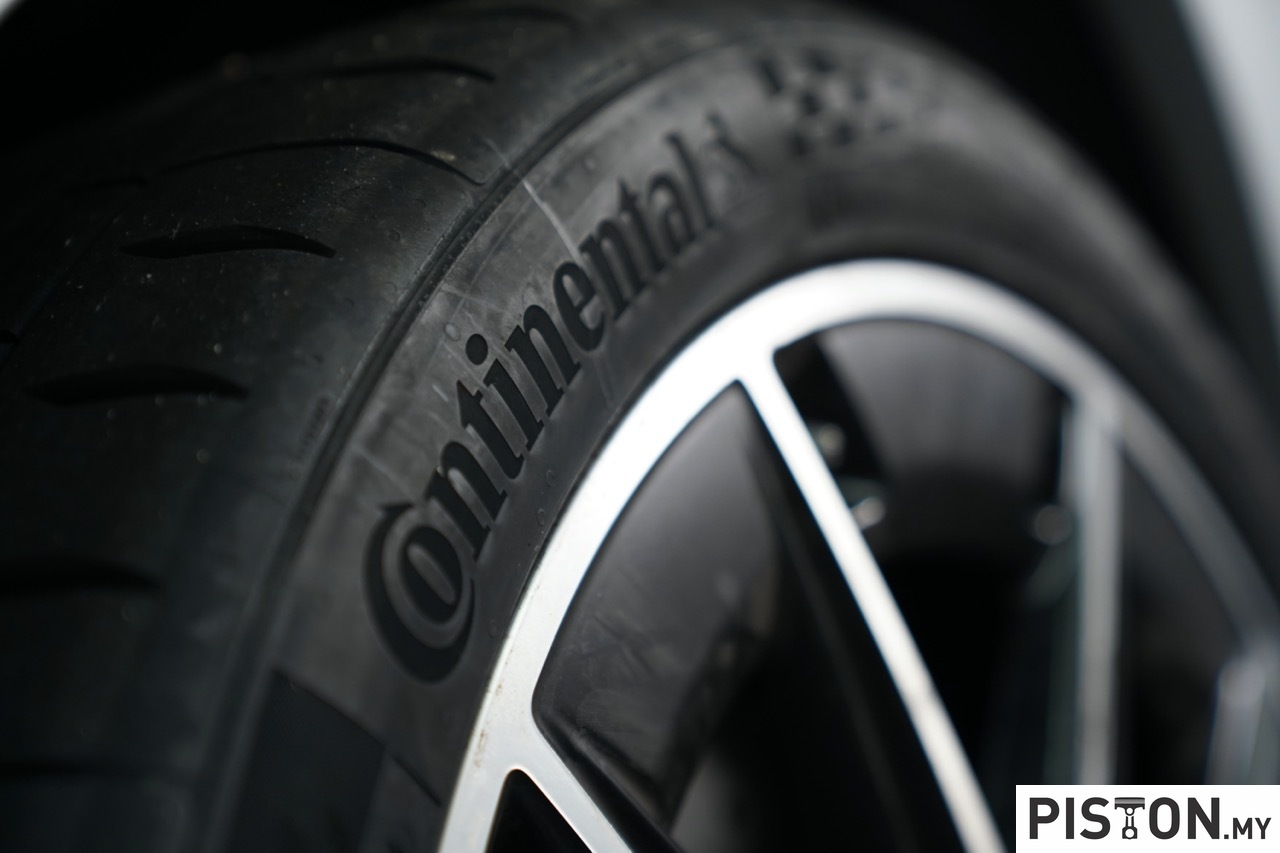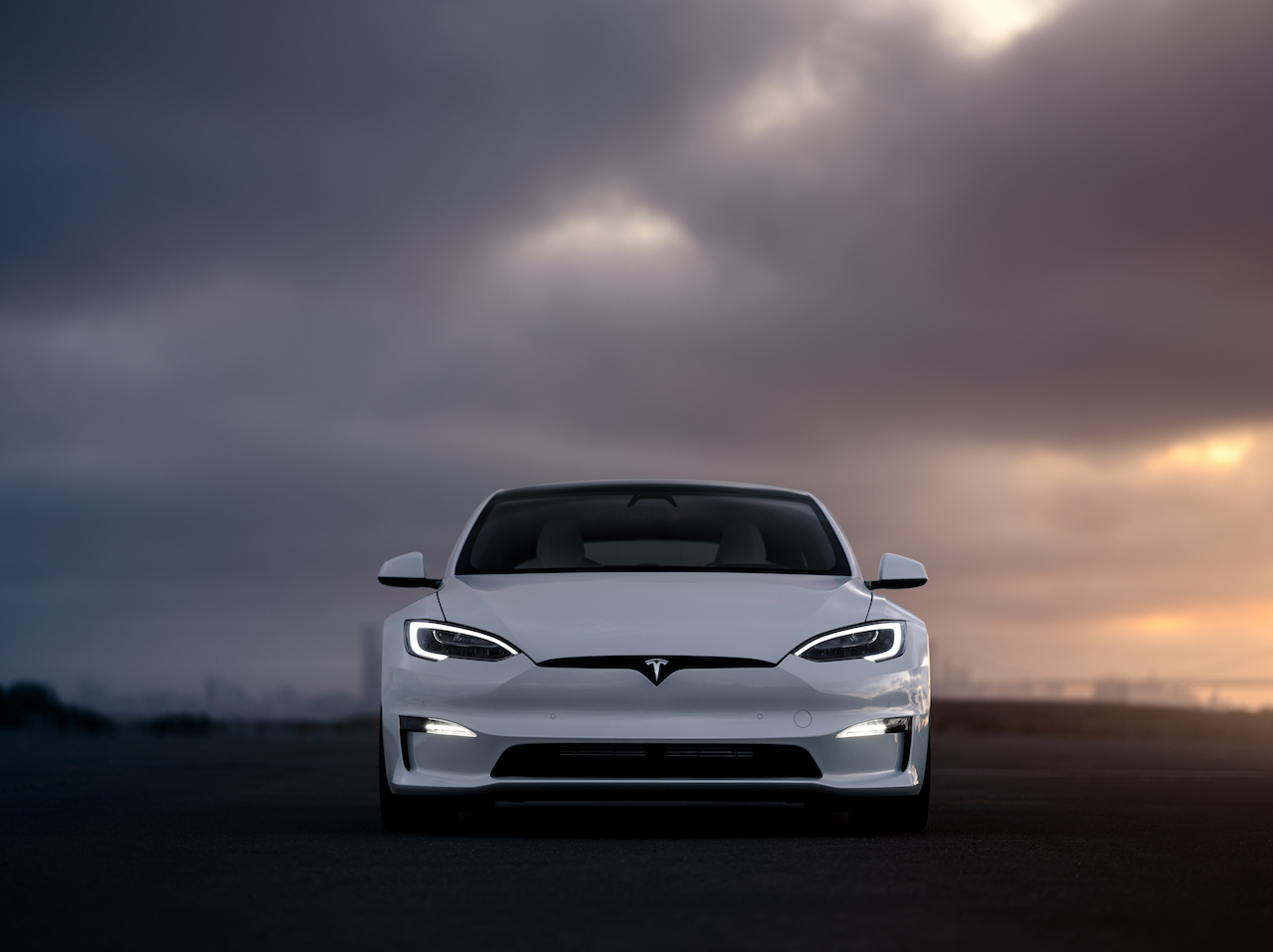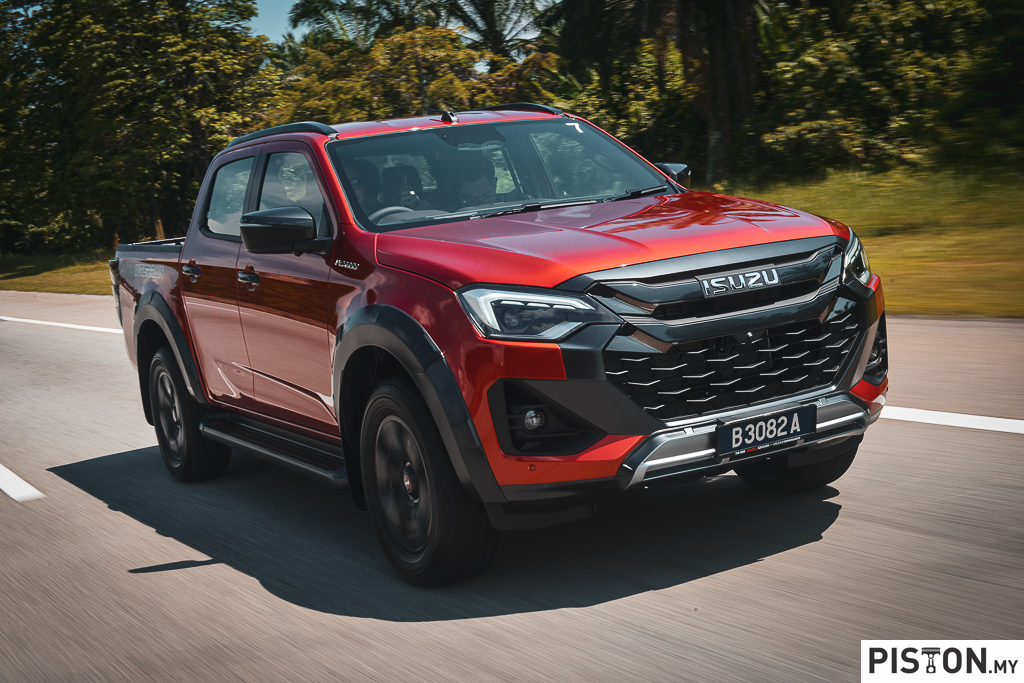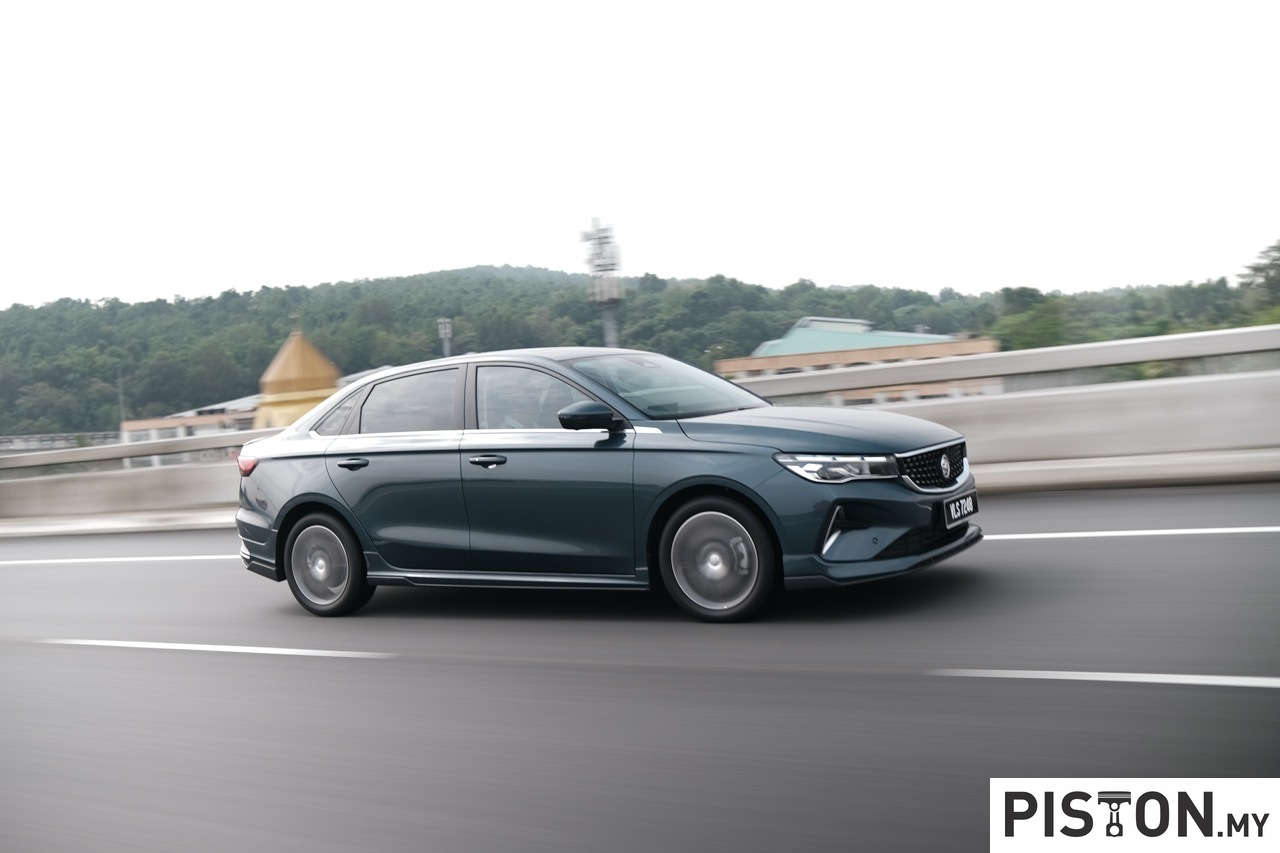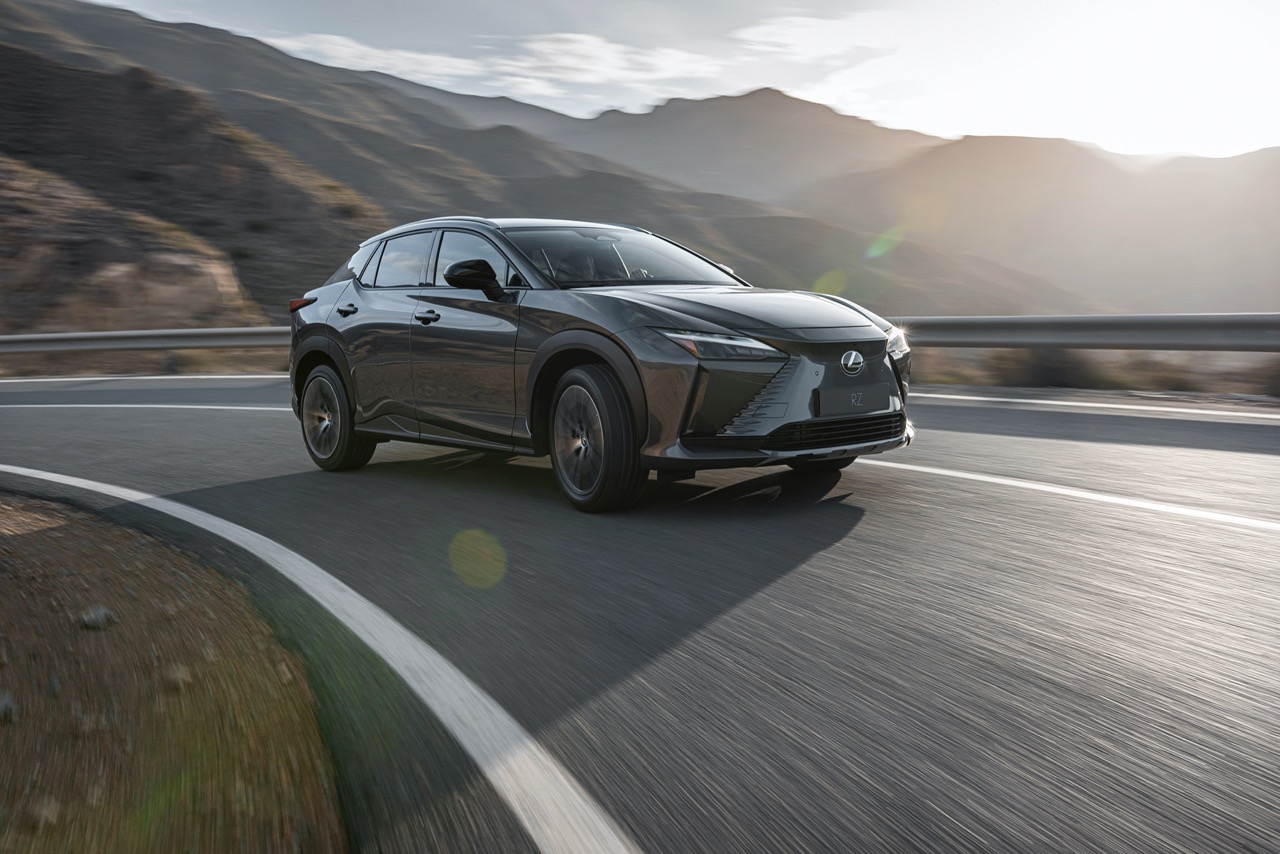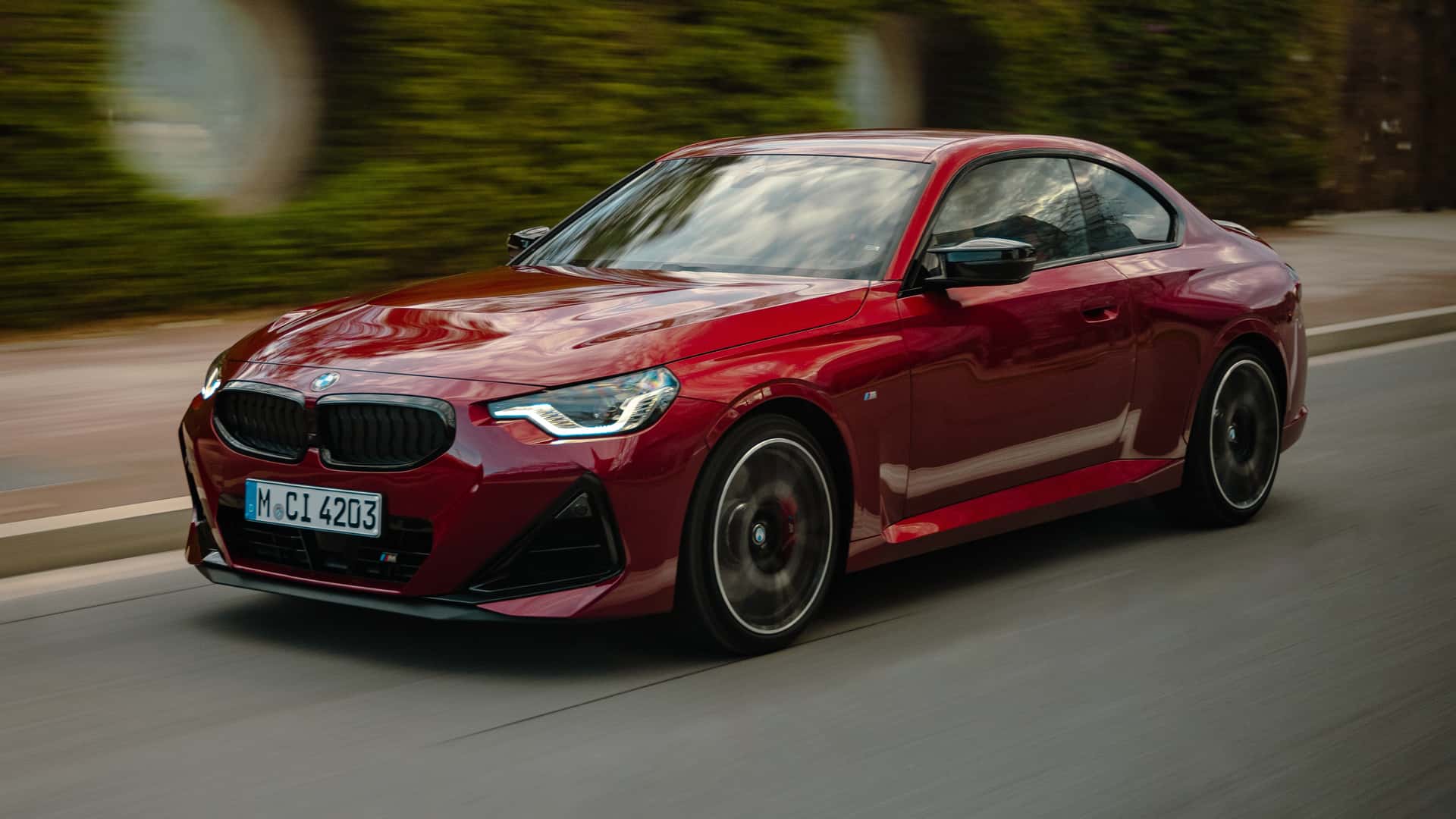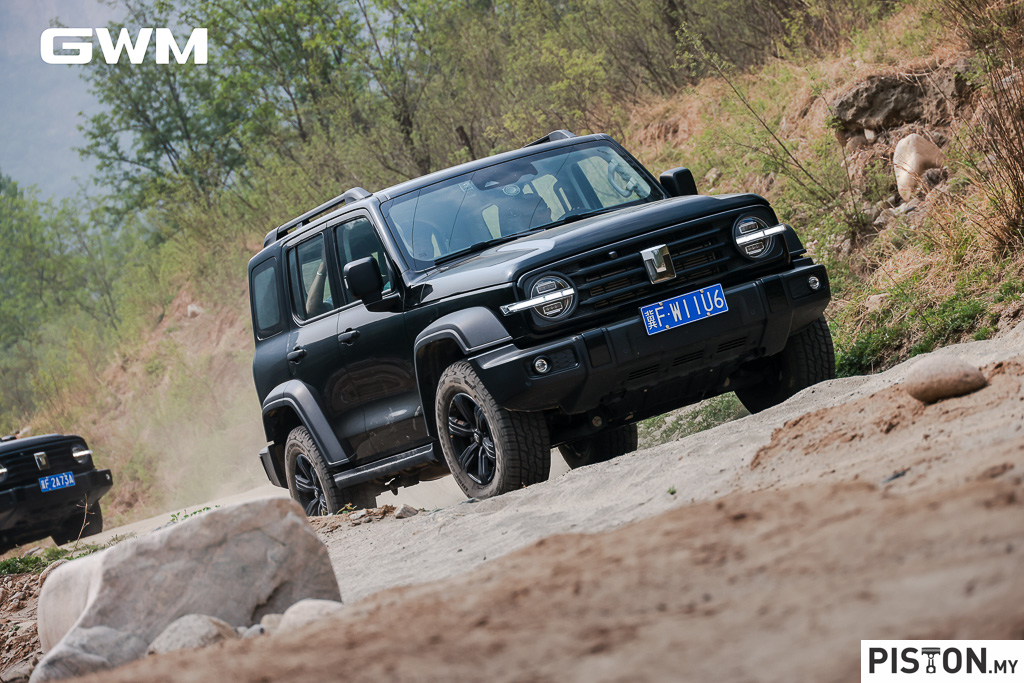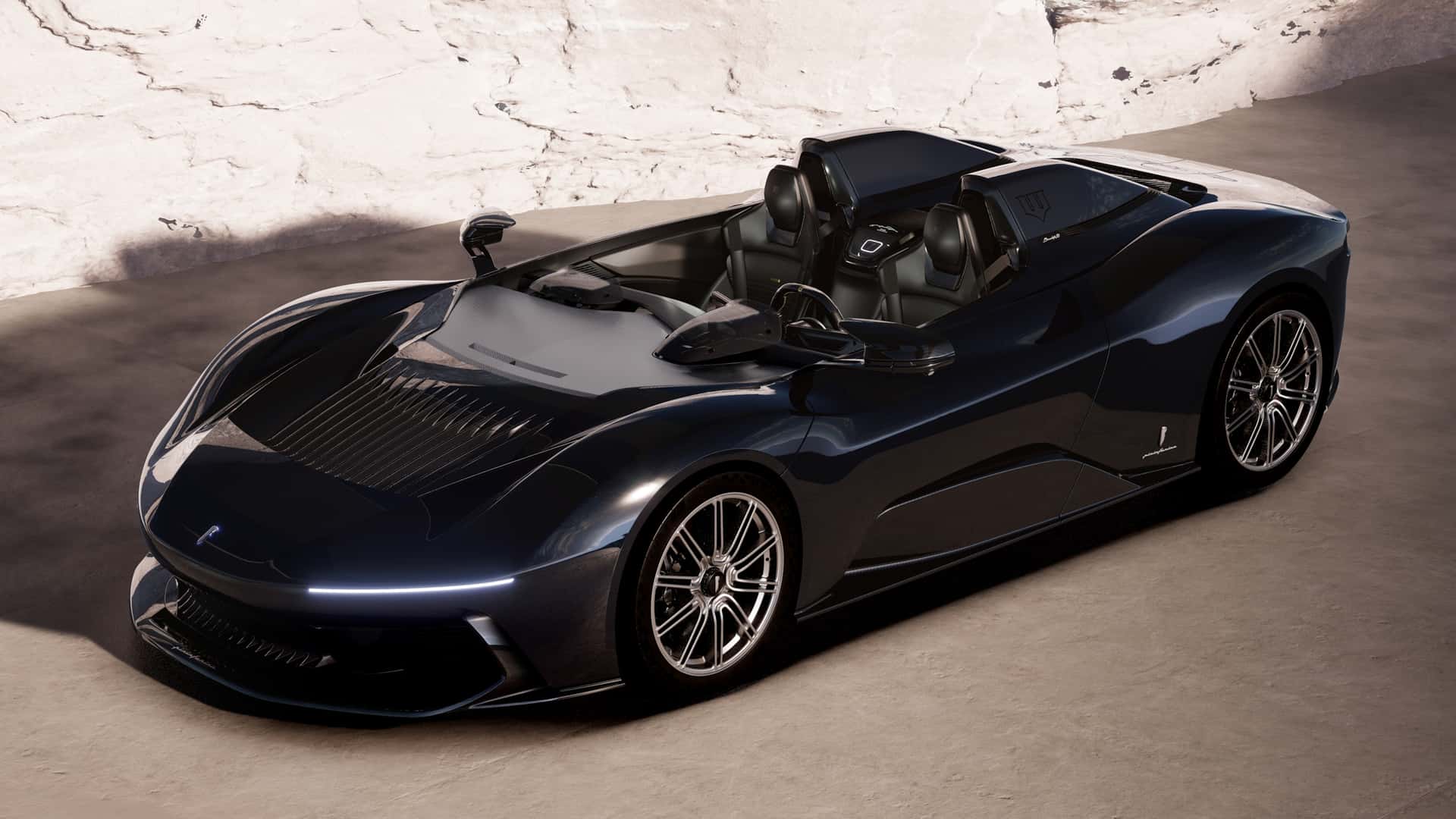Love them or loathe them, the electric vehicle (EV) revolution is real, and it will be here for a while. Perhaps even permanently and to the point where those who despise them may soon have to embrace them.
Good thing then that Malaysians have a good list of options to choose from, one that seems to be growing on a near weekly basis.
It was a busy year for EV makers last year, and 2024 may be just three months old, but it is already shaping up to be another stellar year for electric cars, and their fans.
BYD first made a splash in the Malaysian market towards the tail end of 2022 when it introduced the Atto 3. These days it is impossible to go anywhere without spotting a couple of them.
The success of the Atto 3 is not surprising though. It offers spaciousness, a range of up to 420km and takes just 45 minutes to charge up to 80% with an 80kW DC charger. With prices ranging from RM149,800 to RM167,800, the Atto 3 makes a lot of sense.
But BYD SD Motors Malaysia (BYD Malaysia), which is part of Sime Darby Motors, is not just about selling cars and forgetting about them. It has a masterplan that involves offering an EV for all budgets and preferences.
So, a couple of months after launching the Atto 3, BYD Malaysia unveiled the Dolphin. Unlike the Atto 3, the Dolphin is small, about the size of the Honda City hatchback, and it is considerably cheap, with prices starting from just RM99,900. It too was an immediate sales success and unlike the other cheap EV, the Neta V, the Dolphin has some serious features to offer.
For starters, the Dolphin has a range of between 310km to 427km depending on the variant. It also has some impressive output figures such as 204PS and 310Nm for the top of the range model while the entry level offers 95PS and 180Nm. As for charging, the Dolphin can take between 60kW to 80kW DC and 7kW AC charging.
For the price, the Dolphin made a lot of sense for those who would usually buy a Honda City or a Toyota Vios and did not spend a lot of time travelling outside of the city.
Now though, BYD Malaysia has started 2024 with a high note with the introduction of the Seal – a sleek, four-door sedan that is already upsetting Tesla fans.
Speaking of Tesla, BYD has been an annoying thorn on the side of the American brand that calls itself an artificial intelligence company rather than a car maker. While Tesla has prided itself with advanced assembly lines and tech that has put some legacy car makers to shame, BYD has chartered its own path and focused on creating batteries that offer the best balance of safety and efficiency.
BYD’s blade battery technology is widely considered to be the best in the business, and a few other carmakers including Tesla as well, which must be quite gratifying for the Chinese car maker since Elon Musk once laughed at the company and the design of its vehicles.
BYD recently outsold Tesla and is now the most popular electric car maker, and it is no surprise considering that its cars check pretty much all the boxes expected of an EV. Take the recently launched BYD Seal for example. It is currently the flagship BYD for the Malaysian market, and costs RM179,800 for the Premium model and RM199,800 for the Performance model.
The direct competitors to the Seal would be the BMW i4 which is priced from RM258,210 and the Tesla Model 3, which is priced from RM189,000 for the standard rear-wheel-drive model.
With such formidable competition, the Seal had better be good, but it is a lot more than just good. Its styling for one is probably its biggest alure. It is designed by former Audi designer Wolfgang Egger, who is responsible for some of the most jaw dropping designs of the modern era, such as the Alfa Romeo 8C Competizione, Audi R8 and even the Audi e-Tron concept.
But to put it simply, there’s no bad angle to the Seal. The front is sleek and low slung. The C-shaped headlamps look cool, but when the sun sets, the LED headlamps play second fiddle to those ultra-cool LED backlit strips at either end of the front bumper. They are not very obvious during the day, but are stunning at night.
The dramatic light play extends to the back as well where a LED light strip stretches across the length of the boot lid. But that’s nothing new and is quite common in today’s cars. But what is unique here though is the hundreds, if not thousands of little pixels that make the rear lights look organic in nature.
The Seal does not look very big though, its design does a brilliant job at hiding its bulk. But once you delve into the numbers, you will realise that it is actually quite a big car, bigger in fact than the Tesla 3 and the BMW i4.
Though this translates to a spacious interior, its 400-litre boot space is left wanting. It is undeniably deep, but the openings at either side make it quite narrow and it is also shallow as well. But there is a 50 litre “frunk” under the bonnet, which makes it one of the biggest available in any EV in Malaysia.
However, step inside and all is immediately well. The rear passengers will appreciate the flat floor and the recline of the rear seats and the suppleness of the leather clad seats is spot on.
The front though is where the real magic is, and nowhere does the Seal feel more expensive than what it is than from the driver’s seat. From there you are greeted by a mega 10.25-inch LCD instrument cluster. The leather clad steering wheel is thick and feels good in your hands with buttons that feel like they will last some time.
To the left of that is a massive 15.6-inch infotainment system complete with Apple CarPlay (wired) and Android Auto (wireless). Your favourite music is piped into the cabin through a 12-speaker DYNAUDIO system, and especially for Tesla fans, yes – the Seal has over the air updates as well. Though what updates those may be is still unclear as of writing.
And just like every other BYD, that massive centre screen rotates as well for a landspace or portrait style display. That does not serve much purpose other than impressing your passengers, but it does let you “freshen up” the cabin in case you start getting tired of it.
But the one thing you will never get tired of though is that crystal gear shifter. You could argue that a lot of cars have that same crystal feature, but having one at this price range is just unheard of.
Other than that, the interior feels well-built with high quality knobs and buttons. The ventilated seats are also a much-welcomed addition to help manage the blistering Malaysian heat.
The interior is undoubtedly brilliant in every sense of the word, but it is somewhat let down by the fact that the full panoramic roof does not come with a shade. BYD says the double-glazed glass on the roof is also UV resistant, which means it shouldn’t get hot, and the bald head of this writer did not get hot either, but perhaps a lengthier drive is needed rather than just 30 minutes with the car. To be fair though, it was a familiarisation drive.
Now onto the best part, the performance, and we were in the best variant to feel that – the flagship Performance model.
The entry level Premium variant is powered by a single motor that drives the rear wheels. It offers 313PS and 360Nm of torque which allows it to sprint to 100km/h in just 5.9 seconds. It has a range of 570km (WLTP) while charging takes a little over 15 hours from a dead battery to 100% with a 7kW AC charger. A 150kW DC charger will do 10-80% in just 37 minutes.
The Performance variant on the other hand has twin motors, one on each axle, effectively making it an all-wheel-drive model. It has a combined 530PS and 670Nm of torque, and takes 3.8 seconds to reach 100km/h. It will do 520km on the WLTP cycle while charging time is the same as the Premium variant.
The Performance variant offers supercar like performance with acceleration that threatens to rearrange your face every time you floor the accelerator. It is seriously fast and it feels planted too, which is unsurprising since it weighs in at a hefty 2,185kg.
Even the suspension is a good balance between comfort and sports. The one thing that could be better though are the brakes. The brakes could do with a little bit more feel and initial bite to them since the car accelerates so hard, but then again, these brakes don’t just stop the car but are also regenerative and help to recharge the batteries whenever possible. So there needs to be some trade off, and the lack of initial bite and spongy feel is quite normal of such braking systems.
So, should the BYD Seal be your first electric vehicle? Judging by everything it has to offer, and if money is not an issue, then the real question is – why not? Especially when you consider than when compared to the competition, the Seal is the one that offers the most value for your money.
But if you had to choose between the Premium and the Performance though, the latter should be your pick because there simply is no argument against performance levels that were once the territory of legends from Ferrari and Porsche. And with a range of over 500km’s, that is more than what some petrol-powered cars can offer.
And if you are wondering about warranties, the Seal comes with a 5-year or 150,000km warranty on the car, a further 8-year or 160,000km warranty for the battery, and a 8-year or 150,000km warranty on the drive unit. And if that last part sounded confusing, the drive unit (according to BYD’s brochure) is made up of the motor, motor controller, DC assembly, high voltage and the electric control assembly.
Specifications:
Motors: Squirrel cage induction asynchronous motor (Front) Permanent magnet synchronous motor (Rear)
Battery: 82.56kWh BYD Blade
Power: 530PS
Torque: 670Nm
Charging: 7kW AC (15.2 hours) 150kW DC (37 minutes)
Range: 520km
0-100km/h: 3.8 seconds
We like: Styling, features, performance
We don’t like: Brakes take some getting used to



